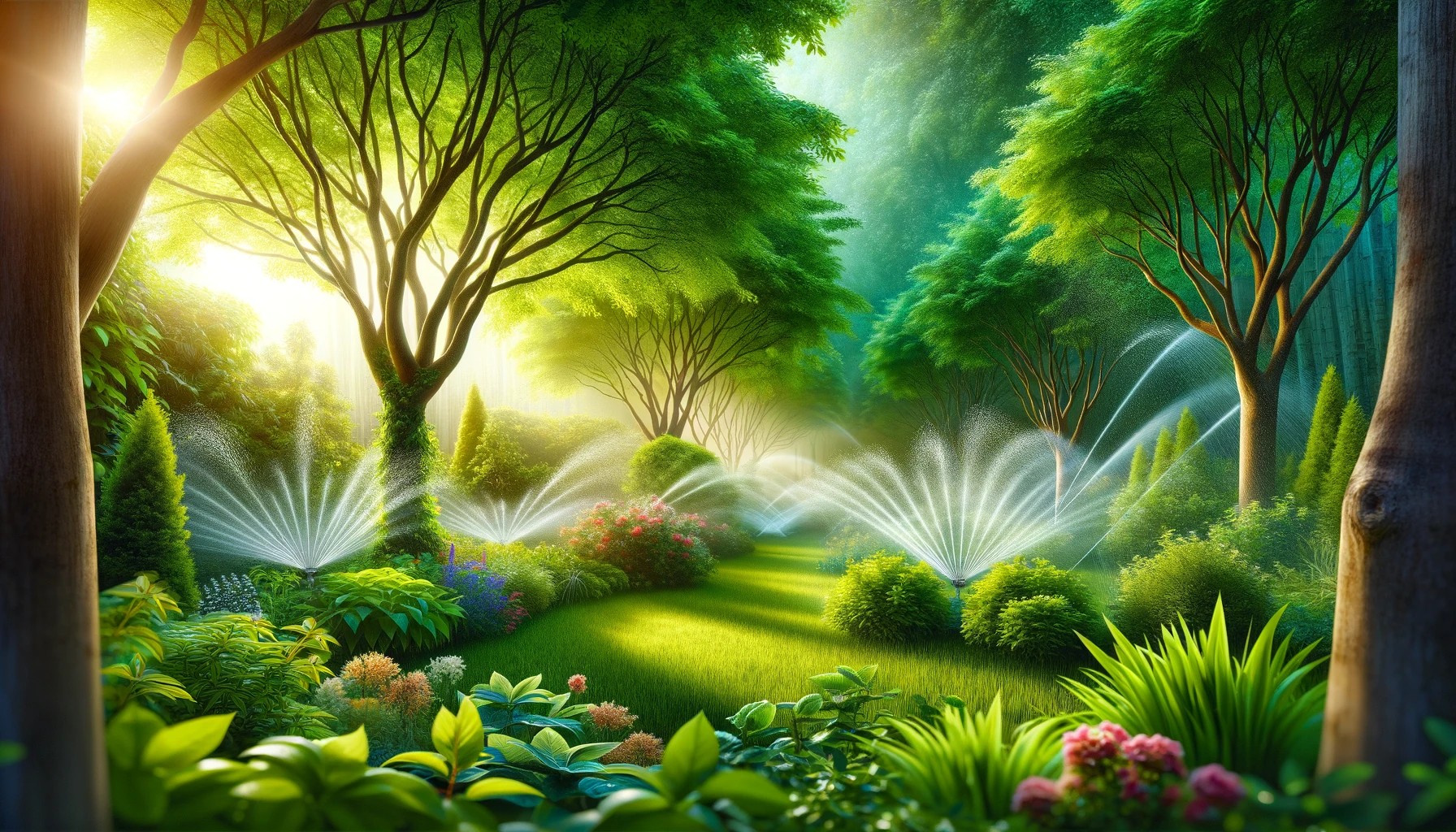Just a couple more watering ideas. The water of life couldn't be more true; according to trees, it is everything and all. Controls all aspects of growth and defense, is stored when it can be, used in every live cell, every second, 365 days a year. All plants, especially trees, live a life of internal hydrostatic pressure, or turgor. Water a dry limp house plant for a quick refresher course in this. Good water pressure in newly formed growing cells allows them to stretch and grow as much as possible.
Water is used internally to move all substances made by the tree, from sugar for food to secondary metabolites, phenols and terpenes used as antibacterial, antifungal agents. The hungry roots, always needing their allotment of sugars (real tree food) from the leaves, depend on that sugar moving in a steady, watery stream from above via tissue called phloem. Yes, it’s all water for trees. Start to dry it out and watch the new growth shrink to nothing—a loss of leaf mass, deadwood, then dead patches on the trunk, followed by an invasion by its enemies, insects, bacteria, and fungi, always looking for easy prey.
The presence of water in leaves strongly affects the rate of photosynthesis activity. Dry trees close the lower leaf pores, the stomata, when sensing low internal water pressure. This conserves water for the whole system, but shuts down sugar production, causing starving due to low water levels. The live outer sections, not the core of the trunk, can contain a large number of living cells used for energy and water storage. These cells are called axial and radial parenchyma, braided in amongst the vessel elements that move water upwards to the leaves. Tree trunks that contain lots of water are stronger, more flexible, and deal with powerful west winds much better than their dry cousins.
Another word about conservation when watering—that is, targeting where your water resources are best used. Sprinkler placement is very important. In most cases, water uphill, above the trunk. Once in the soil, the water will be carried downhill through capillary/gravity action. You do not need to water your whole property, nor do you need to water a 360-degree circle all around the trunk. Trees are very happy to receive any water in their root zone, and watering heavily in a 1/4 pie slice of your full 360 gets the job done. There are trees for which this doesn't work—it’s called sectorization, and does not apply much here in Calgary. I have several large spruce on my property that I have kept healthy now for about 10 years, including during the last bad drought years. Because of physical constraints, they receive their water in approximately 1/4 of the full 360 circle that is their root zone. They look good, are happy, have good annual growth, are thick and full, and have no insect or disease presence. It’s working. They receive about 4-5 hours of water once a month, which soaks the soil zone, filling their reservoir, and allows the trees to extract the water they need for a period of weeks. The water goes deep, safe from heat and evaporation. More frequent, shorter-duration surface waterings would lose a lot more to evaporation. More importantly, the water won't soak in where a lot of roots are.
Another major consideration is that the plants that make up your garden have very different water requirements and schedules. The spruce tree watering in my garden that I just described is a good example. At the other end of the scale is a patience plant in a pot in the sun on your deck. This plant needs watering nearly every day. Generally, turf, perennials, smaller shrubs are happy with about an inch a week. Plant size and especially root mass, to a great extent, determine water needs and timing. My spruce watering is dealing with a plant with a massive root system that explores a large volume of soil. The larger the root system, the greater the volume of soil it occupies, and, once soaked, the longer it takes for that volume to dry out. When I soak a portion of my spruce's root zone, I give it enough water for a period of weeks. This thinking would be wasteful and unnecessary with the turf, which is usually happy with an inch a week, being a more surface rooted plant. Many times people get enough water to most of the garden; it's the trees that suffer. Using the soil sampling method described above and watering infrequently, deeply as needed is, in most gardens, the missing component. So do what you are doing; just add a separate set of ideas about your trees to maintain a state of trouble free health.


